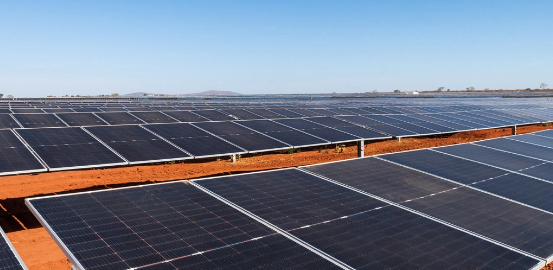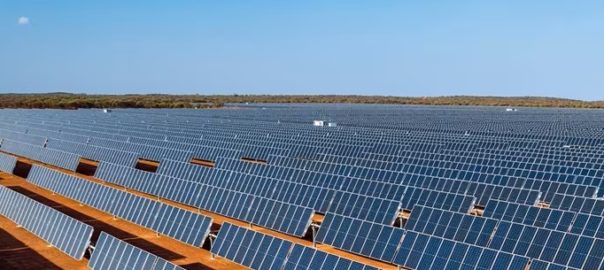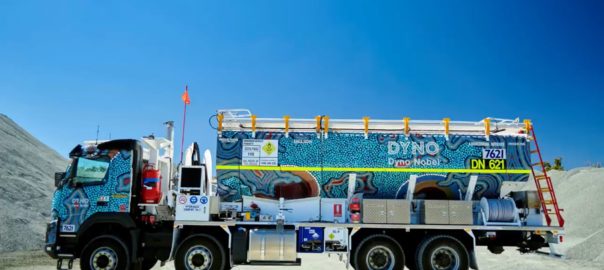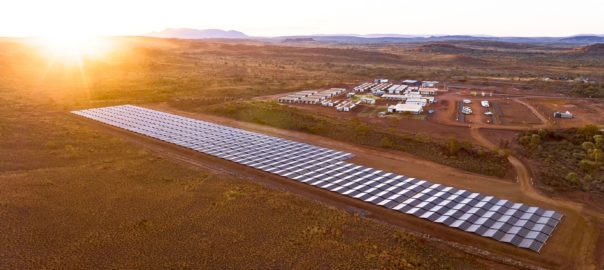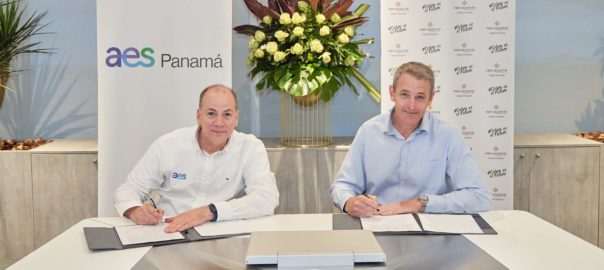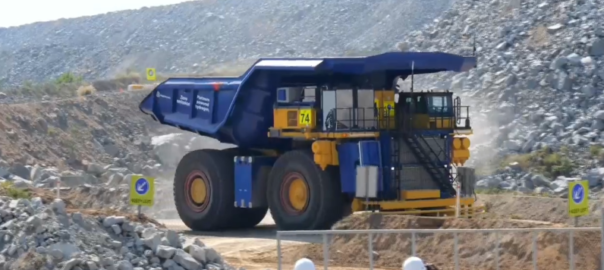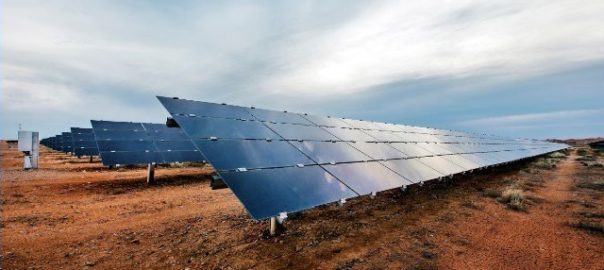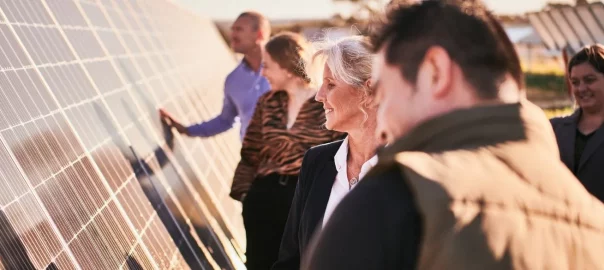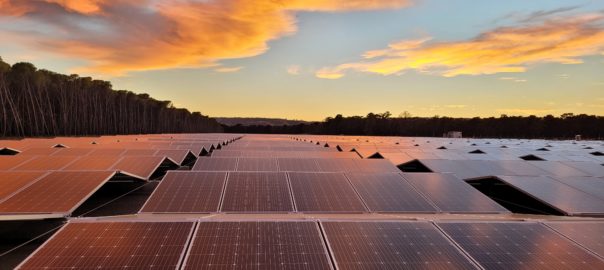Vale has announced that all the electricity used in its operations in Brazil in 2023 came from renewable sources, such as hydroelectric, wind and solar power plants. Thus, the company has achieved its goal of having 100% renewable electricity consumption in Brazil two years ahead of its original 2025 schedule.
The information is highlighted in the 2023 edition of the Vale Integrated Report.
Having reached the target, Vale has zeroed its indirect CO2 emissions in Brazil, which correspond to Scope 2 emissions. The company still has the challenge of achieving 100% renewable energy consumption in its global operations by 2030. At the moment, this indicator stands at 88.5%.
Vale Director of Energy and Decarbonization, Ludmila Nascimento, said: “We are announcing an important milestone in Vale’s decarbonisation strategy, which aims to reduce its Scope 1 and 2 CO2 emissions (direct and indirect) by 33% by 2030 and to become net-zero by 2050. As we are progressing on our targets, we are helping to make Brazil’s energy matrix even cleaner, contributing to society’s fight against climate change.”
The start-up of the Sol do Cerrado solar complex in November 2022 was key to achieving the target two years ahead of schedule. Located in Minas Gerais, Brazil, the solar complex represented an investment of $590 million by Vale. It is one of the largest solar energy parks in Latin America, with an installed capacity of 766 MW (peak), equivalent to the consumption of a city of 800,000 inhabitants. In July 2023, the complex reached its maximum capacity. It has the potential of contributing to around 16% of all the electricity consumed by Vale in Brazil.
The path towards 100% renewable consumption began to be traced by Vale back in the 1990s, when the company acquired its first hydroelectric plants. Today, Vale is supplied by a renewable energy portfolio of 2.6 GW of installed capacity, equivalent to the consumption of more than 3 million inhabitants. There are 14 assets held through direct and indirect participation in consortia and companies (ten hydroelectric plants, three wind farms and Sol do Cerrado). If it were a power generator, Vale would be the 15th largest in the country.
In its global operations, Vale is also moving towards 100% renewable energy consumption by 2030. The company invests in joint venture partnerships, renewable generation certificates in contracts and innovation initiatives for better efficiency in the use of batteries.
Vale is also working to reduce its direct Scope 1 emissions. In the mines and railroads, where diesel is currently intensively consumed, the company is studying the adoption of alternative fuels, such as ethanol for trucks and green ammonia for locomotives. In the pelletising furnaces, the strategy is to replace anthracite with zero-emission biocarbon, made from the carbonisation of biomass.
Last year, Vale signed an agreement with Wabtec for the supply of three electric locomotives and the start of studies into the development of a green ammonia-powered locomotive engine. The company also produced pellets with 100% biocarbon for the first time in an industrial test.







